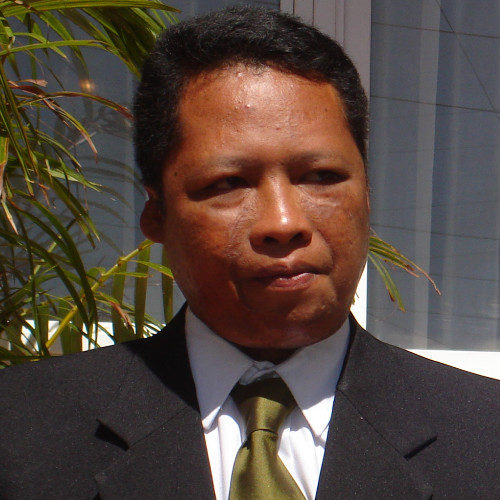Communicating Effectively in Madagascar: What You Need to Know Before Getting Started

Communicating Effectively in Madagascar: What You Need to Know Before Getting Started
Understanding the Local Market
Q: In your opinion, what cultural and social factors must be considered to communicate effectively in Madagascar?
A: Communicating in Madagascar first requires acknowledging the island’s insularity, which has shaped both its social isolation and unique dynamics. This isolation has fostered the rise of an early intellectual elite while also reinforcing a certain inward-looking mindset.
Malagasy culture is a melting pot, blending Asian, African, French, and Arab influences. The country’s geographic isolation has preserved its originality and fostered the emergence of a distinct national identity, strongly tied to the Malagasy language.
Today, as Madagascar opens up to the world, rapid digital growth is transforming social behaviors. Bilingual content (Malagasy and French) has become the norm, and adapting both tone and language is crucial to reaching audiences effectively.
Media Landscape
Q: Which types of media are most influential in Madagascar, and how is their audience evolving?
A: Radio remains the most widely used medium, with more than 40% of the population relying on it for news and entertainment. Television follows closely, reaching around 23% of the audience. In urban areas, over 70% of households own a TV, and satellite packages are rapidly expanding — nearly 4 million subscribers, with annual growth of about 12%.
Digital media ranks third but is growing at an impressive pace: 6.6 million Internet users, including nearly 3 million on Facebook. About half of all Internet users are active on social platforms.
Print media, on the other hand, is declining in influence, especially outside major cities.
By 2030, digital is expected to become Madagascar’s leading medium, driven by new satellite Internet services (such as Starlink and Airtel Africa) and improved rural connectivity.
Local Practices and Specificities
Q: What advice would you give to foreign companies or agencies looking to collaborate with Malagasy media and influencers?
A: Success in Madagascar starts with trust and transparency. Choosing partners carefully is essential, as professionalism levels vary across media outlets. Working with a reputable local consultancy can help navigate the market more effectively.
Most media organizations operate with limited resources, so it’s important to manage expectations and build realistic, long-term partnerships.
As for influencers, the sector is booming but still unstructured. Most influencers work as freelancers. To ensure successful collaboration, clearly define goals, agree on a detailed work plan, and establish consistent performance tracking.
Digital Communication and Social Media
Q: What role do social media play in communication campaigns in Madagascar? Which platforms are the most effective?
A: Social media and digital channels already account for more than 40% of advertisers’ total budgets. This digital shift has fueled the growth of local agencies specializing in strategy, content creation, and campaign management.
Facebook and TikTok dominate the landscape, followed by WhatsApp, Instagram, and LinkedIn. Google Ads has also become a key platform for reaching qualified audiences through search engines, websites, and mobile applications.
Trends and Opportunities
Q: What are the current challenges and opportunities in Madagascar’s communication sector, and how can brands stand out?
A: Madagascar’s communication industry remains relatively small — between €15 and €20 million annually — but its potential is enormous. With the ongoing digital expansion, that figure is expected to double by 2030.
To stand out, brands must combine innovation with authenticity. Striking visuals matter, but cultural relevance is just as important. Malagasy audiences value fihavanana — solidarity, social harmony, and community spirit. Campaigns that highlight these values build trust and emotional connection.
Finally, it’s crucial to avoid simply copying Western communication styles. Humor, tone, and visuals must align with Malagasy sensibilities to genuinely resonate with local audiences.
Similar articles
Loading similar posts...
Subscribe to our Newsletter
Don't miss anything! Subscribe to our newsletter to receive the latest articles, tips, and news directly in your inbox.